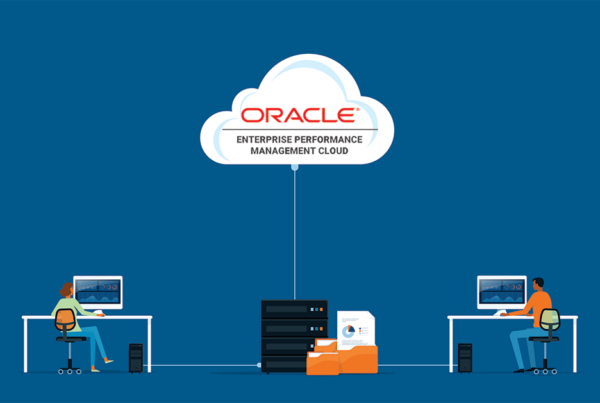CFO asks CEO, “What happens if we invest in developing our people and then they leave us?”
CEO: “What happens if we don’t, and they stay?” -Peter Baeklund
Don MacPherson, Partner at Aon Hewitt, once said, “Engagement is the state of emotional and intellectual involvement that motivates employees to do their best work.” Employees who feel engaged in the work place tend to have a stronger sense of commitment to the organization which leads to the success of the company as a whole. According to Gallup, organizations with a high level of engagement report more that 20% higher productivity than organizations that don’t. Clearly defining an employee’s role within the company is the first step to creating a sense of engagement. Companies that have a strong sense of employee engagement have a higher opportunity for productivity and success.
Studies have shown that 80 percent of engaged employees received some of the best performance ratings on their annual evaluations while 55 percent of disengaged employees received some of the worst performance ratings on their annual evaluations. A company is only as strong as its employees, and therefore engagement should be seen as an investment rather than a waste of time and effort. Employees that have a better attitude about their work and have a higher sense of personal responsibility for their work are more efficient with their time which directly links to a higher chance of overall success for the organization. “You don’t do one singular thing to make a company fun or cool,” said Dan Jessup, Head of People Strategy at Groupon, “It’s having consistent behavior and attitudes.” Constantly keeping the employees engaged is a crucial part of establishing a driven, positive environment.
Nearly 100 percent of highly engaged employees know exactly what is expected of them in the work place; clearly defining an employee’s role in the company has a positive correlation to identifying the level of engagement within the company. Not only are these employees invested the organization they are a part of, they are invested in one another. This type of attitude translates to a higher success rate because the employees work as a team to reach a common goal. Engagement is contagious: any engaged employee can be a leader for their peers when it comes to driving engagement within the company. There is no quick fix to disengaged employees. It is an investment from both executives and peers to create a sense of attachment to an organization. Employees who are more engaged in a company are far more committed to go above and beyond when it comes to providing admirable, rather than average, performance.
Blog Written by: Azhar Virani and Allyson Barron
2016 Heartland Interns
References:
Sheridan, Kevin. Building a Magnetic Culture: How to Attract and Retain Top Talent to Create an Engaged, Productive Workforce. New York: McGraw-Hill, 2012. Print.
Webinar: Creating a Culture of Employee Engagement by Don MacPherson on 7/14





